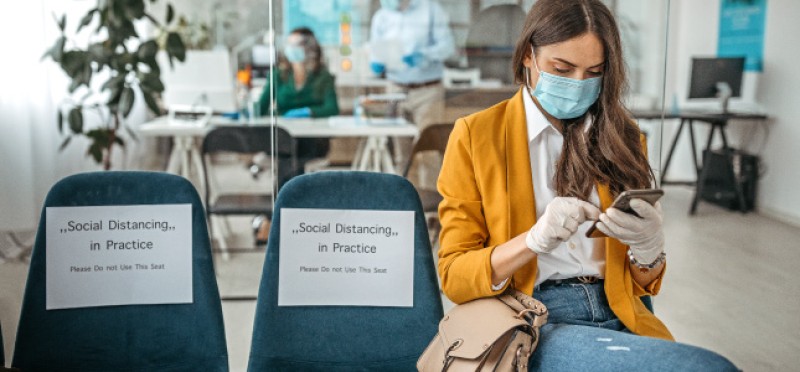As another season approaches, it’s unquestionable that communities need to ramp up capacity to test, trace, and isolate to prevent a surge of new COVID-19 cases. While contact tracing is a proven disease control strategy, it’s often unclear how to deploy it quickly and effectively.
In a recent Modern Healthcare webinar, Protecting patients and staff through contact tracing, Sheila Curr, VP of healthcare strategy and innovation at TTEC, and Samir Ahmetovic, solutions consultant at Sunquest Information Systems, shared best practices on how employers, schools, and health organizations can bolster their contact tracing efforts. Here are key takeaways from their discussion.
Plan for efficient staffing and data integration
The first hurdle to overcome when building a contact tracing program is staffing. Organizations need a strategy for onboarding hundreds of new employees and rapidly training them to utilize a contact tracing system that is easily deployed. Another important step is to determine whether to import data, such as contact info and lab results, as well as data from proximity apps and wearable devices, into the contact tracing solution and how to connect with systems at the public health level. This is where an experienced outsourcer with a ready pool of trained associates can provide technology expertise and resources.
Make compliance effortless
Compliant contact tracing and quarantine protocols are a critical part of reducing the infection rate, but convincing people to change their behavior is difficult. As Richard Thaler, a Nobelist and expert in behavioral economics famously said, “if you want people to do something, make it easy.” An effective approach is to normalize the contact tracing process. For instance, adding contact tracing as a well-defined process to an organization’s wellness program from testing to outbound calls to sharing contact information and conducting regular check-ins, etc. makes it less jarring and invasive. Making the contact tracing process as effortless as possible is key.
Provide options on how people can be contacted
Advances in automation and wearable technologies are making it easier to speed up and scale contact tracing efforts. Proximity apps, for instance, alert users when they have come into close proximity with someone who tested positive for COVID-19, although the apps have not been widely adopted yet. Regardless of which contact tracing solution is utilized, it’s important to provide people with options on how they would like to be contacted and follow up in a regular cadence to drive success.
Be transparent about data privacy
Organizations need to be transparent about how a contact tracing program collects, uses, and keeps people’s data safe and secure. Employers should consult their local health department to understand privacy obligations and protocols. Explain to employees, patients, and students that their personal information will remain private and be proactive in warning users about potential fraudsters preying on vulnerable users with fake requests for information.
Remember to be human
Whether contact tracing is being conducted through a digital format or an agent is making an outbound call, remember the human side of the process. In addition to technical training, the importance of strong interpersonal skills cannot be overstated. This includes understanding how the individual feels and making sure he or she is heard throughout the process. A best practice is to recruit agents with experience in crisis counseling in addition to making it part of the training curriculum.
Get started today
Contact tracing has been shown to be incredibly effective, and gaining people’s trust and compliance are crucial to making that happen. From a people, process, and technology perspective, contact tracing efforts must be as frictionless and non-invasive as possible. Data security is also a critical factor. The bottom line is that the organizations that keep their contact tracing efforts centered on people’s needs will see the most success.
















